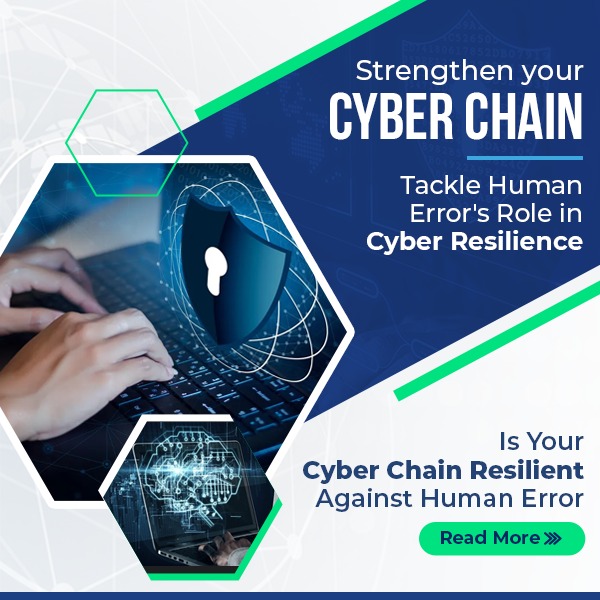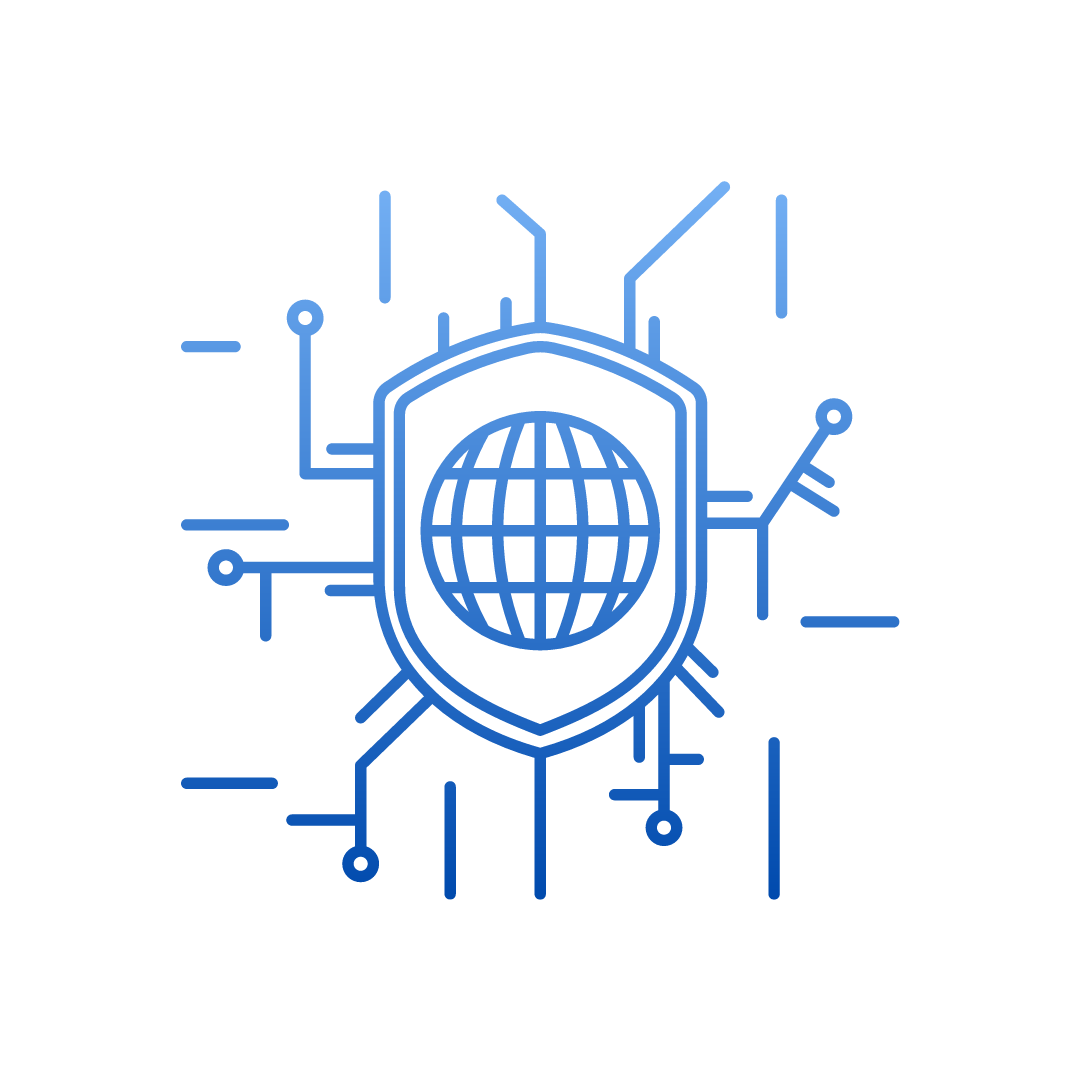Introduction
In an increasingly digital world, the role of human error in cyber resilience cannot be overlooked. As the statistics from the World Economic Forum reveal, a staggering 97% of cyber threats stem from human mistakes. This highlights the critical importance of addressing the human element in cybersecurity to fortify defenses against cyberattacks.
Cyber resilience is the ability of an organization or system to prepare for, adapt to, respond to, and recover from cyberattacks, data breaches, and other cyber incidents effectively. It involves the integration of cybersecurity practices, risk management, and business continuity strategies to maintain essential functions and safeguard critical assets even in the face of evolving cyber threats. The concept emphasizes not just prevention but also the ability to withstand and bounce back. Not only bounce back but continue operating with minimal disruption after a cyber event.
1) Assessing the Effectiveness of Cyber Training Programs
To combat the threats arising from human error, organizations invest heavily in cyber training programs. But how effective are these initiatives? It is crucial for an organization to evaluate its current state of cyber resilience training programs. It helps them identify the strengths and weaknesses, and discuss potential improvements to equip employees with the knowledge and skills necessary to navigate the cyber landscape securely.
2) Strengthening Cyber Defenses with Zero Trust Architectures:
As remote work and distributed workforces become more prevalent, traditional security perimeters have eroded. Zero trust architectures have emerged as a solution that challenges conventional trust models. We will examine how these architectures work, their effectiveness in safeguarding against cyber threats, and the challenges organizations face while implementing them.
3) Behavior Analytics: Unmasking Unusual Patterns:
Detecting unusual behavior and identifying potential threats can be a daunting task. Behavior analytics, powered by artificial intelligence and machine learning, have shown promise in bolstering cyber resilience. We will discuss how these analytics tools function, their capabilities, limitations, and the ethical considerations involved in their deployment.
4) Leading Through Crisis: Preparing the Workforce for Breaches:
Despite robust preventive measures, breaches can still occur. In such situations, a well-prepared and educated workforce can be a critical asset. We will explore how organizations can develop effective response plans, educate their employees on immediate actions to take during a breach, and establish clear communication channels to mitigate the impact of cyber incidents.
The Human Factor in Cybersecurity
No matter how sophisticated cybersecurity measures are, humans remain integral to the equation. Employees, users, and even cybersecurity professionals can make unintentional mistakes that compromise the overall security posture. Some common examples of human errors include:
1)Phishing Attacks:
Employees fall victim to phishing emails and unknowingly divulge sensitive information or click on malicious links.
2)Weak Passwords:
Using easily guessable passwords or reusing passwords across multiple accounts, making it easier for hackers to gain unauthorized access.
3)Unintentional Data Leakage:
Accidentally sharing confidential information or sensitive data on public platforms or with unauthorized individuals.
4)Lack of Awareness:
Failing to recognize potential cybersecurity threats or not following security best practices.
5)Insider Threats:
Malicious actions are carried out by employees or trusted individuals with access to critical systems and data.
Addressing Human Error in Cyber Resilience:
To enhance cyber resilience and mitigate the impact of human error, organizations can implement the following strategies:
1) Comprehensive Training and Awareness Programs:
Regular cybersecurity training and awareness sessions for all employees can educate them about potential threats and how to recognize and respond to them effectively.
2) Strong Password Policies:
Enforcing strict password policies, including regular password changes and multi-factor authentication, can significantly reduce the risk of unauthorized access.
3)Simulated Phishing Exercises:
Conducting simulated phishing exercises helps employees identify phishing attempts and reinforces good cybersecurity practices.
4)Access Control and Least Privilege:
Limiting access to sensitive data and systems based on job roles can reduce the risk of insider threats and accidental data exposure.
5)Encouraging Reporting:
Creating a culture that encourages employees to report any potential security incidents or concerns without fear of repercussions fosters a proactive approach to cybersecurity.
6)Regular Security Audits:
Conducting periodic security audits can help identify vulnerabilities, assess the effectiveness of security measures, and pinpoint areas for improvement.
Introducing Ascent’s ITDR and Cyber Resilience Solution
Our IT Disaster Recovery and Cyber Resilience solution creates a plan for restoring critical IT systems after an outage or cyber-attack. It includes testing, training, security measures, and prioritization of essential systems for operational resilience.
To experience the unparalleled advantage of ITDR and cyber resilience click here
Key Takeaway
The human factor is undeniably the weakest link in cybersecurity. To achieve robust cyber resilience, organizations must prioritize comprehensive cyber training programs to address human errors. Embracing zero-trust architectures, utilizing behavior analytics, and preparing the workforce for potential breaches are equally essential. Only by combining technical defenses with human empowerment can we indeed fortify our cyber defenses and safeguard our digital future. Remember, cyber resilience is a collective effort, and every individual plays a significant role in protecting the digital ecosystem.















